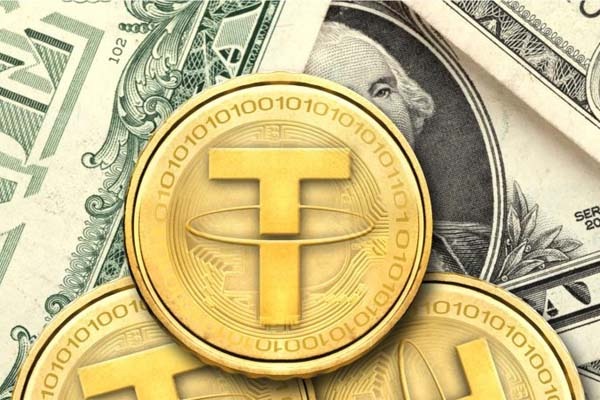Several top commercial banks in the United States are planning to jointly issue stablecoins. Crypto finance may usher in a "counterattack" by traditional banks

According to the latest report from the Wall Street Journal, several top commercial banks in the United States, including JPMorgan Chase, Bank of America, Citigroup and Wells Fargo, are planning a major cooperation plan: jointly issuing a stablecoin for the public to cope with the increasingly severe challenges and competition from the crypto industry.
Sources revealed that the plan is being led by Early Warning Services, the operator of the Zelle payment system, and Clearing House, the US real-time payment network, and is currently in the preliminary negotiation stage. If the plan is implemented, it will mark a "collective advance" of the traditional banking system in the field of stablecoins, and also indicate that the boundaries between crypto and traditional finance are becoming increasingly blurred.
As a key asset in the crypto market, stablecoins are widely used for transactions, payments and value storage because their value is anchored to legal currencies such as the US dollar. Currently, the dominant stablecoins on the market, such as USDT and USDC, are issued by private crypto companies. In the context of unclear regulation, such stablecoins have gained a huge market value and user base worldwide, and have also put obvious pressure on the traditional payment system.
This time, the banking alliance attempts to regain the dominance of the payment market through its own stablecoins. An industry insider close to the negotiations said that this "bank-based stablecoin" is expected to build a safer and more trusted alternative in B2C payment, cross-border settlement, and even DeFi scenarios by relying on the bank's own compliance foundation and payment network advantages.
However, there are also many doubts in the market about this move. Some analysts pointed out that stablecoin technology essentially relies on the openness and decentralization of blockchain, and the joint issuance between banks may still tend to be closed ecology, making it difficult to fully replicate the flexibility and global compatibility of crypto-native projects. In addition, policies and regulatory paths will also become a "high threshold" for banks to enter the game.
On social media, many netizens expressed a complex attitude towards this news. On the one hand, some users believe that this is "a sign that encryption technology is truly recognized by traditional finance", marking the transformation of stablecoins from "grassroots tools" to "national payment mechanisms"; but some people are worried: "Is the bank's stablecoin a new bottle of old wine? Or is traditional finance building the last moat for itself?"
It can be foreseen that as the regulatory policies of various countries gradually become clear, the integration of cryptocurrency and traditional finance will accelerate. The stablecoin competition initiated by the U.S. banking industry may just be the prelude to a new round of reconstruction of the financial order.









